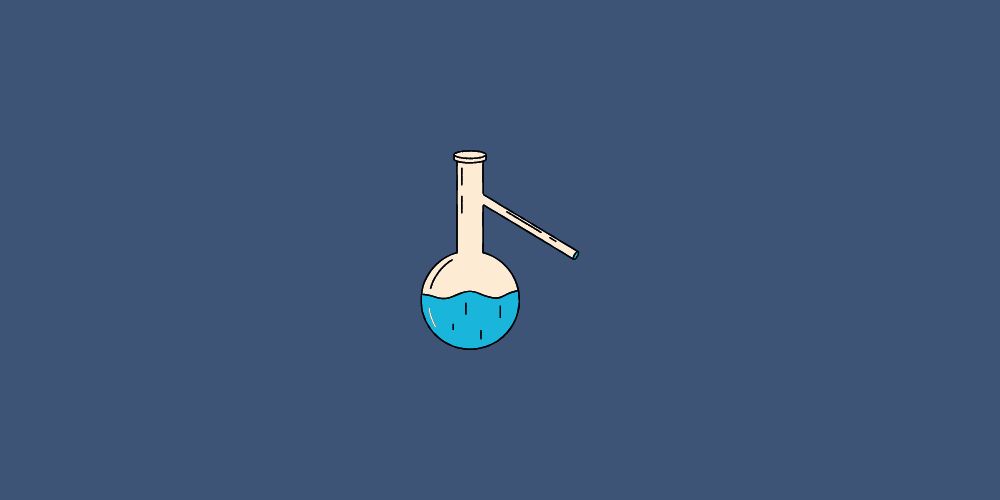When it comes to water, there are a lot of things to consider. The quality of your water can have a significant impact on your overall health, which is why many people choose to distill their water at home. One of the most common questions we get asked is whether or not distilling water removes fluoride. Read on to learn the answer.

By distilling water, you can remove most impurities, such as fluoride, sodium, nitrate, calcium, magnesium (hardness compounds), and silica. You should use reverse osmosis or deionization to remove the rest.
If you have hard water at home, then distilling it can be an effective way to remove impurities and reduce both the hardness and chance of scale buildup in your plumbing system. Distilled water will also have fewer minerals, so if you want to reduce the risk of kidney stones, then distilling your water at home could be a good option.
Fluoride in Your Water
Fluoride is a mineral that is found in water and soil. It is also added to dental products and some drinking water supplies as it has been shown to reduce cavities in children and adults.
While fluoride is considered safe when consumed at low levels, too much fluoride can lead to health problems such as dental fluorosis (a condition that causes white spots on teeth) and bone fractures.
Distilling water will remove fluoride along with other impurities such as bacteria, viruses, and heavy metals. This is because, during the distillation process, water is boiled into steam and then condensed back into liquid form. This leaves behind any contaminants that are present in the water.
Distilling water is a safe and effective way to remove fluoride from your drinking water. If you would like to remove other impurities as well, then you can also use reverse osmosis or deionization filtration methods. With these options, you can feel confident that your home’s water supply will be free of unwanted and potentially harmful impurities.
Distillation is an effective way to remove fluoride from your drinking water.
Steam distilled water systems often come supplied with a container to hold the distilled water, which is typically made of plastic or steel. Most water bottle storage systems have a spigot attached that allows you to easily fill large containers.
Although glass bottles are the preferred choice, they can be tricky to find and also quite heavy. Plus, if dropped, they pose a breaking risk. The boiling tank must also have water removed frequently and depending on the model selected; it may need cleaning every few weeks to clear out any buildup.
Some models have the option to buy an expensive auto drain kit which means you don’t need to clean the boiling tank where impurities would otherwise collect. With a pump kit or pressure tank, you also have the option to connect steam-distilled water to your kitchen faucet for immediate use.
What cannot be removed from distillation?
There are a few things that cannot be removed from distillation. These include inorganic contaminants such as arsenic, pesticides, and dissolved minerals. This is because these impurities are not water-soluble, meaning they do not easily dissolve into the liquid or vapor from which the steam is formed.
Other impurities, like oils and alcohols, have boiling points lower than water – so they may not be fully removed in the distillation process. However, most impurities will be effectively removed by steam distillation, making this method a safe and effective way to purify your drinking water.
If you are concerned about removing these impurities from your drinking water, then you may want to consider using a different filtration method. Some options include reverse osmosis or deionization. These methods can be effective at removing unwanted impurities such as oils and alcohols, as well as any other contaminants found in the water supply.
Conclusion
If you are looking for a way to remove fluoride from your drinking water, distillation is an effective option.
This method will also remove other impurities such as bacteria, viruses, and heavy metals. However, inorganic contaminants like arsenic, pesticides, and dissolved minerals may not be removed by distillation.
Distilled water does not contain any of the natural minerals that are found in tap or spring water, so it may have a slightly different taste than what you are used to. However, many people find that they prefer the taste of distilled water once they get used to it.

